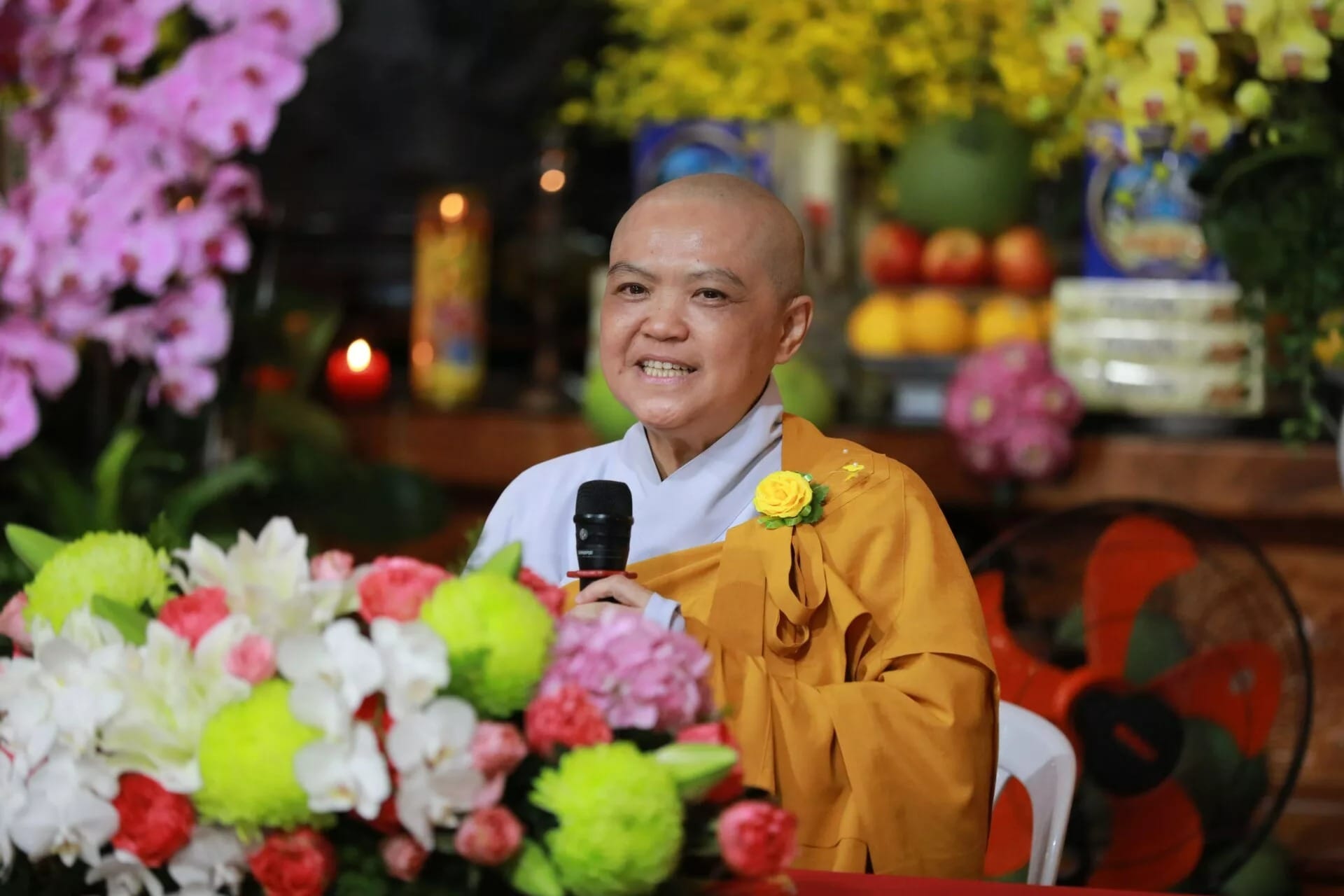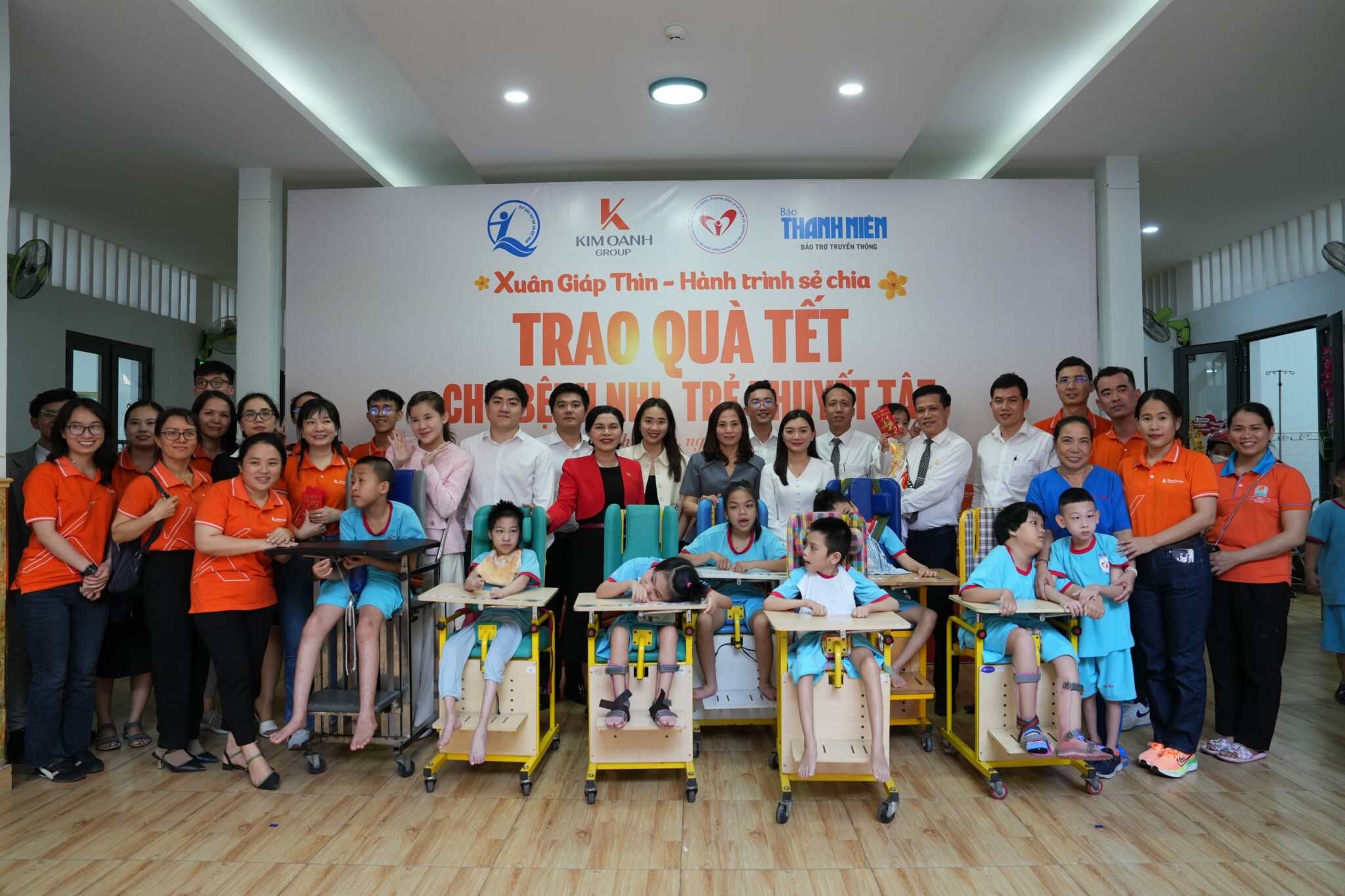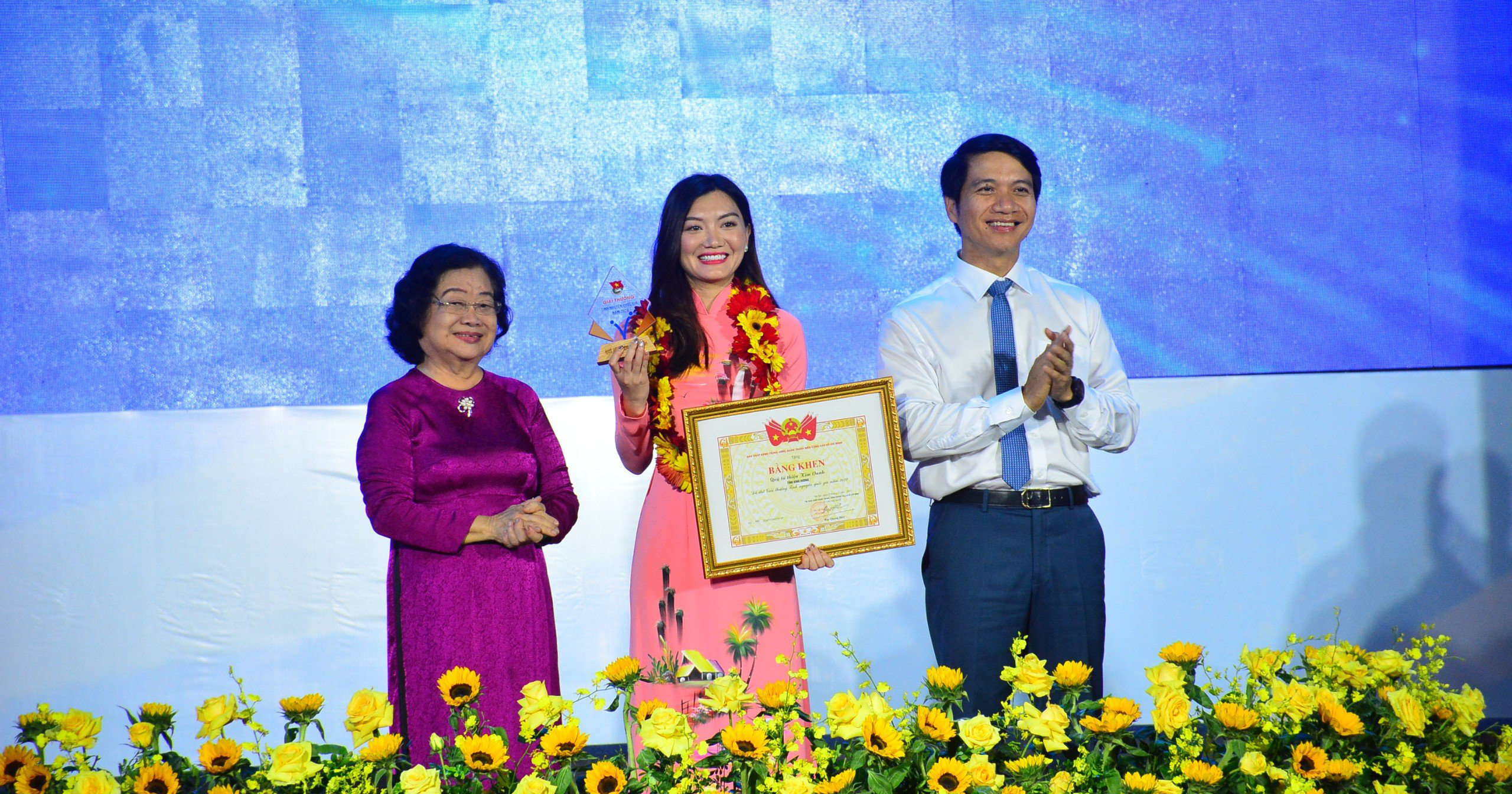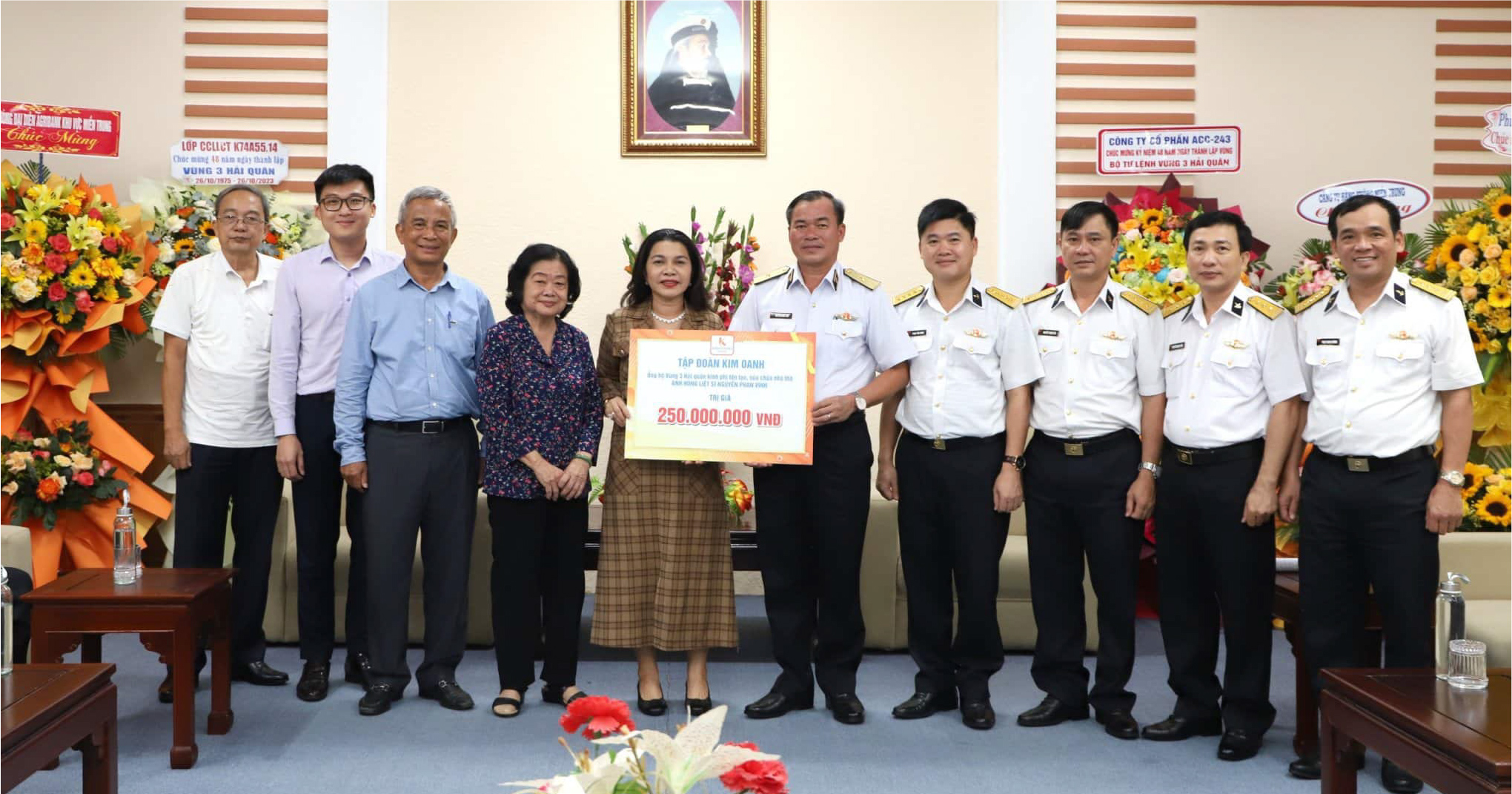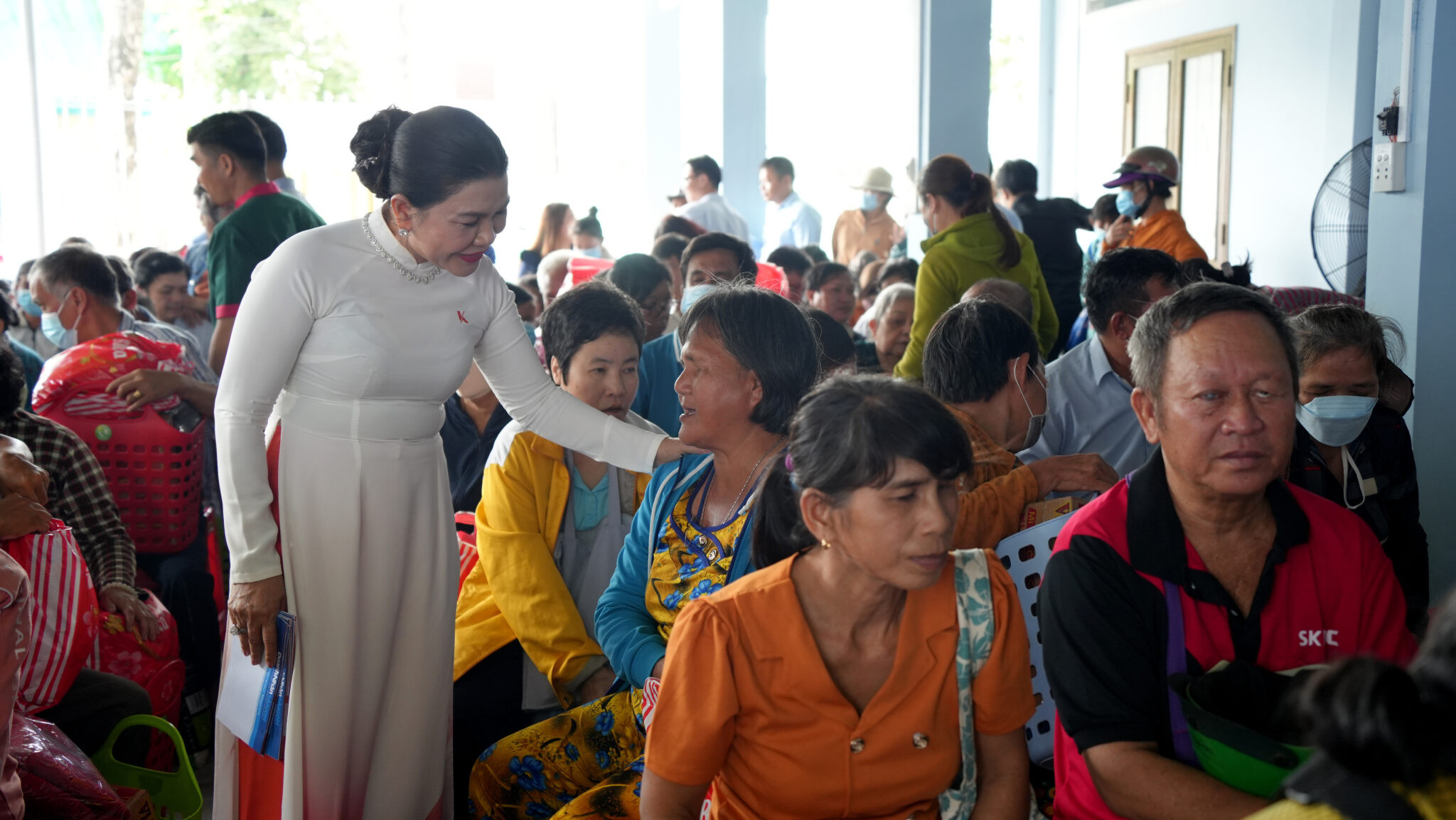On September 19, representatives of Thanh Nien newspaper visited and handed over money from Kim Oanh Group to support and help victims during the fire at the 9-storey mini apartment at No. 37, Lane 29/70 Khuong Ha (Khuong Dinh Ward, Thanh Xuan District, Hanoi), being treated at Bach Mai Hospital. Of the 28 patients who …
Continue to support families of mini-apartment fire victims Read More »
![]()
On September 19, representatives of Thanh Nien newspaper visited and handed over money from Kim Oanh Group to support and help victims during the fire at the 9-storey mini apartment at No. 37, Lane 29/70 Khuong Ha (Khuong Dinh Ward, Thanh Xuan District, Hanoi), being treated at Bach Mai Hospital.
Of the 28 patients who were victims of the mini-apartment fire treated at Bach Mai Hospital, 4 were very serious. With the efforts of doctors, most patients are experiencing more positive health developments. It is expected that later this week and early next week, some cases will be assessed in full condition, and if medically eligible, will be released from hospital.
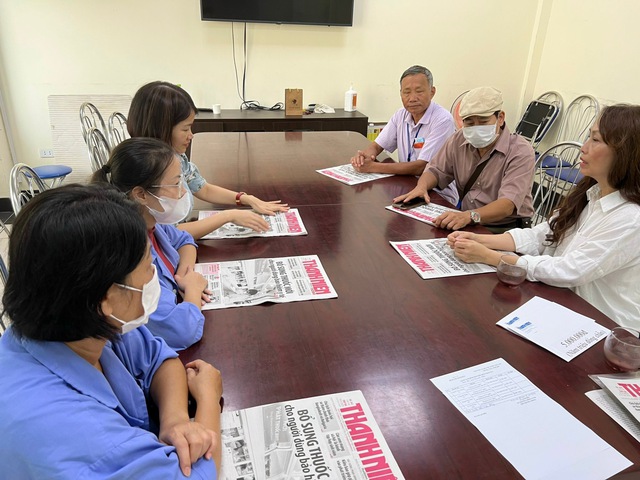
4 seriously injured patients are currently being treated at the Intensive Care Center, Poison Control Center, with positive health progress. On behalf of the donor, representatives of Thanh Nien newspaper visited and awarded 14 million VND to 4 patients (5 million VND to support patients who are female resident doctors, who were in a coma during the fire; and 3 other patients, each patient received 3 million VND).
Due to their health conditions, all 4 patients remain in separate treatment wards. Family members of patients receive support and thank donors; Thank you readers of Thanh Nien Newspaper for always caring and encouraging families.
Information about the treatment and care of the victims in the above-mentioned fire, a representative of the Social Work Department, Bach Mai hospital, said that every day the hospital's Board of Directors directly chairs consultations, with the participation of doctors from specialties throughout the hospital to assess health developments, provide optimal treatment indications for patients. There have been patients with pneumonia caused by smoke and ash inhalation in the fire; suffered multiple injuries during fire escape; and a number of cases of brain damage due to CO asphyxiation have been reported. Along with specialist treatment, patients are being treated with hyperbaric oxygen therapy to help reduce the risk of long-term sequelae from CO poisoning.
Lien Chau
![]()

